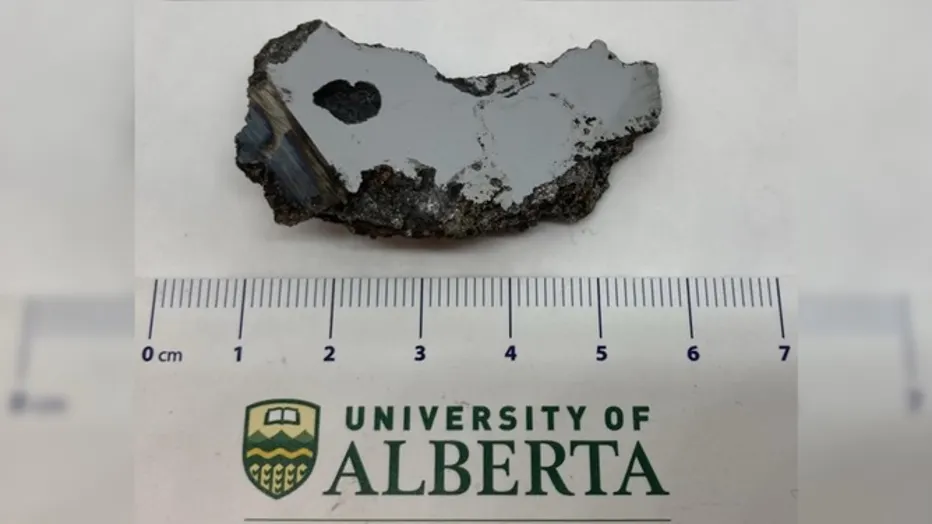Suppose an object from outer space – satellite debris, or a space rock, enters the Earth’s atmosphere.
What happens next is that on contact with the Earth’s atmosphere, the object starts to burn because of the heavy friction they cause in the Earth’s atmosphere.
Most objects do not reach the Earth’s surface because of this.
Space rocks that orbit the sun but are not large enough to be asteroids or planets are called meteoroids (with a d).
A meteorite (with a t) is that part of the meteoroid (space rock) that reaches the Earths’ surface. It loses a large part of the meteoroid in the combustion (fire) that it faces in the atmosphere.
Meteorites are collected enthusiastically by scientists. They are then studied for their composition.
The Somali meteorite
One such meteorite was found in Somalia and sent for analysis to University of Alberta in Canada.

The original meteorite weighs 15 tonnes. It is the 9th largest meteorite ever discovered and is one of the four meteorites recognised from Somalia. A 70-gram slice of this meteorite was sent to the University for analysis.
Scientists found two minerals that have never been seen on Earth before.
Chris Herd, a professor in the Department of Earth & Atmospheric Sciences and curator of the University of Alberta’s Meteorite Collection, describes the importance of this discovery in the following words:
“Whenever you find a new mineral, it means that the actual geological conditions, the chemistry of the rock, was different than what’s been found before. That’s what makes this exciting: In this particular meteorite you have two officially described minerals that are new to science.”
The two minerals have been called:
Elaliite, and
Elkinstantonite.
Elalite comes from El Ali – the name of the meteorite. The meteorite was called El Ali because it was found at a place called El Ali in the Hiiraan region of Somalia.

In collaboration with researchers at UCLA and the California Institute of Technology, Herd classified the El Ali meteorite as an “Iron, IAB complex” meteorite, one of over 350 in that particular category.
As Herd was analyzing the meteorite to classify it, he saw something that caught his attention. He brought in the expertise of Andrew Locock, head of the U of A’s Electron Microprobe Laboratory, who has been involved in other new mineral descriptions including Heamanite-(Ce).
Locock’s rapid identification was possible because the two minerals have been synthetically created before by man. So, he was able to match the composition of the newly discovered natural minerals and identify them as being unique.
The findings were shared by Chris Herd at the Space Exploration Symposium of the University of Alberta in November 2022. You can watch the presentation here.

